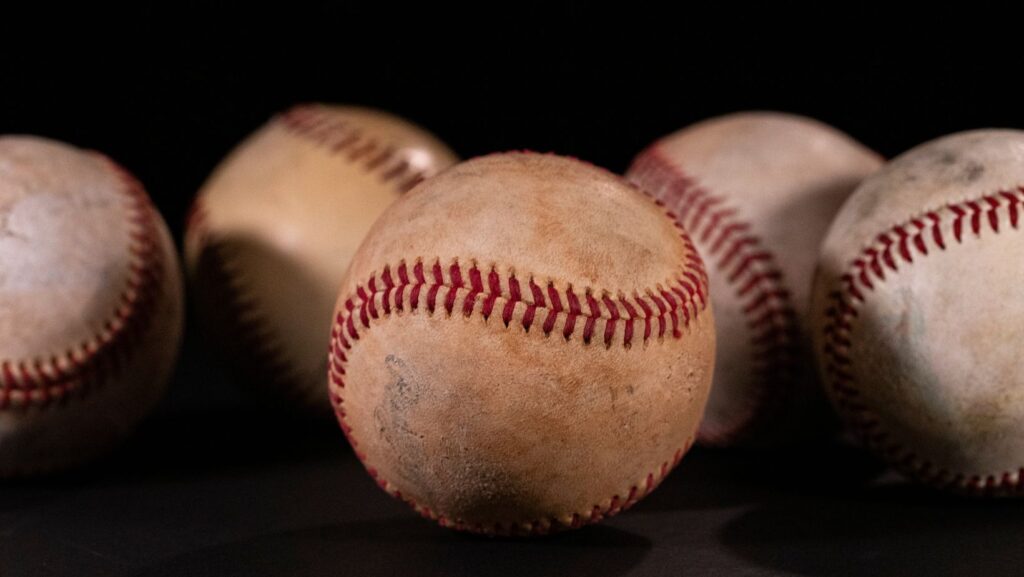Sports Equipment Market

Step into the dynamic world of the sports equipment market, an industry that’s more than just balls and bats. It’s a thriving ecosystem, fueled by relentless innovation, changing consumer habits, and the undying love for sports across the globe.
The market’s growth isn’t just a game of numbers, it’s a testament to how sports, fitness, and well-being have become integral to our lives. Whether you’re a budding entrepreneur, a seasoned investor, or a sports enthusiast, understanding the trends and shifts within this market can offer valuable insights.
In this article, we’ll delve into the fascinating realm of the sports equipment market, exploring its key players, emerging trends, and future prospects. Join us as we unravel the intricacies of this dynamic industry.
Overview of the Sports Equipment Market
The sports equipment market, an industry bustling with ingenuity and activity, garners ample attention from vendors, athletes, and the general public alike. With the sector’s evolution, it presents an array of promising prospects, significant for various stakeholders. This section delves deeper into the intricate aspects of this dynamic market, shedding light upon the current market trends and the factors driving its growth.
Current Market Trends

As a market glistening with progress, the sports equipment industry exhibits a few prevailing trends. Technological advancements form one such trend, transforming the industry landscape dramatically. Sports equipment manufacturers are harnessing cutting-edge tech, infusing it into their products to increase their functionality, convenience, and safety. A case in point: smart-fitness equipment embedded with AI and IoT capabilities to provide real-time performance analysis and feedback.
The emergence of eco-friendly sports equipment forms another prominent trend. Manufacturers are gradually shifting towards sustainable practices, creating equipment made from biodegradable, recycled, or non-toxic materials. For instance, many athletic shoe brands have started using recycled plastics, plant-based dyes, and other environmentally-friendly materials for their production.
Key Driving Factors
Multiple factors act as catalysts propelling the sports equipment market forward. Foremost, increased health awareness stands as a significant driving force. As individuals become more health-conscious, the demand for sports and fitness-related products escalates.
Secondly, the international popularity of sports events acts as a potent booster. Global sports events like the Olympics or major football tournaments generate massive interest in sports, subsequently fueling the market growth for sports equipment.
Moreover, safeguarding players against injury is crucial, and the need for protective sports gear also serves as a key market driver. This includes items like helmets, knee guards, and wrist guards, essential to prevent injuries during sports activities.
Lastly, government initiatives promoting physical activity and sports participation also contribute to the market’s growth. These initiatives incentivize the population to engage in sports, thereby bolstering the demand for sports equipment.
Major Players in the Sports Equipment Market
This section delves into the key contributors that hold significant influence in the sports equipment market. These major brands play a substantial role in driving the trends, pushing innovation, and setting new standards in the industry.
Leading Brands and Their Offerings
Prominent players in the market span a wide range of categories, from athletic clothing to specialized athletic gear. Renowned names in the sports equipment industry include Adidas, Nike, Under Armour, Puma, and Columbia Sportswear.

Adidas, a powerhouse in the industry, extends variety from soccer balls to baseball bats, thus demonstrating the breadth of its offerings. Similarly, Nike, another key player, excels by providing top-grade equipment, with renowned product ranges such as Jordan basketball shoes and Mercurial soccer boots.
On the other hand, Under Armour focuses more on fitness equipment and apparel, whereas Puma engages in a variety of sports, notably soccer and running. Last but not least, Columbia Sportswear, they are famous for their outdoor apparel and gear, designed to withstand extreme weather conditions.
The sports equipment market’s trajectory is clearly on an upward swing. It’s propelled by key factors like innovative products, eco-conscious offerings, and a rising global interest in sports. Dominant players like Adidas, Nike, and Under Armour continue to shape the market with their pioneering approaches.

